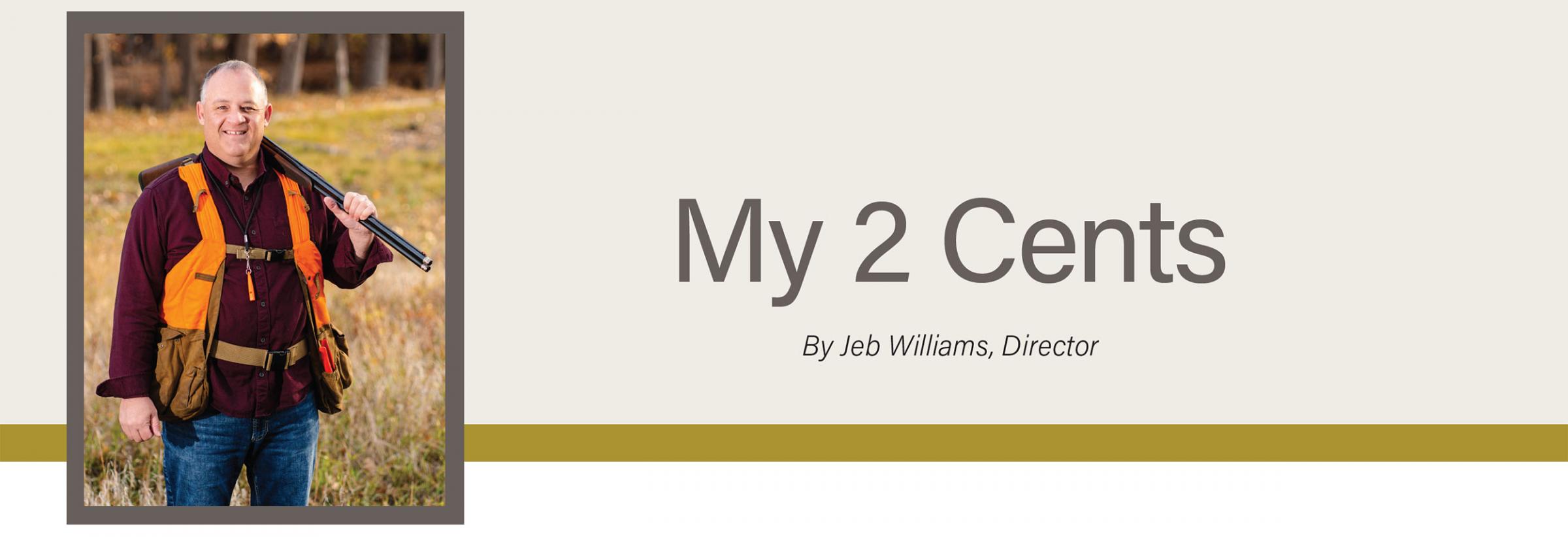
My 2 Cents
Our summer months, which typically slide by much too quickly, got a running start for me in June.
A few out-of-state trips taking close to a week at each, and July showed up before I knew it.
I’m privileged to represent North Dakota and the rest of the Central Flyway states and provinces on the North American Wetlands Conservation Act council.
As I was reflecting on my trip home, the history associated with NAWCA is pretty significant and the successes are as well.
NAWCA is federally passed legislation signed by George H.W. Bush in 1989 after the North American Waterfowl Management Plan was signed in 1986.
This visionary, transparent plan connected Canada, the United States, and then Mexico joined a few years later.
This connectivity allowed for coordination and planning on the breeding grounds to the wintering grounds and all areas in between.
NAWCA was the implantation arm that provided federal dollars toward this science-based conservation effort which matches local, non-federal dollars to ensure conservation efforts to benefit migratory waterfowl and, incidentally, other wildlife.
The council meets twice a year, and the summer meeting rotates to various areas across the country where an always enlightening field trip accompanies the meeting.
Being able to see the area and hear from local landowners, agency personnel, and volunteers sure does help to provide an understanding of the conservation needs in those particular areas and how NAWCA can continue to partner with state and private interests to ensure migratory bird conservation continues.
After the council approves a slate of projects, the final approval comes at the migratory bird conservation commission chaired by the Secretary of Interior and other members including the Secretary of Ag and two members from the U.S. House of Representatives and U.S. Senate.
The increase in waterfowl populations seen in the last 35 years is hard to envision without the actions of the North American Waterfowl Management Plan supported by the North American Wetlands Conservation Act.
June finished up with an annual meeting with my counterparts in the Midwest.
Due to our similarities, I am always inspired and humbled to hear of how others are succeeding and working through the many challenges that impact our agencies which are privileged to manage fish and wildlife resources for all.
As we were listening to the many state and committee reports, I couldn’t help but think about the focus of “working as one,” something Gov. Burgum has intensely encouraged over the last eight years.
Whether it’s within the state, country, or an international effort, the collaboration and information sharing that we can utilize is a blessing when agencies are managing fish and wildlife resources that don’t recognize a jurisdictional boundary.
